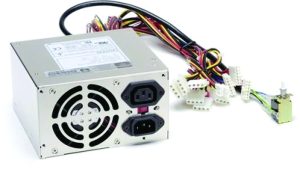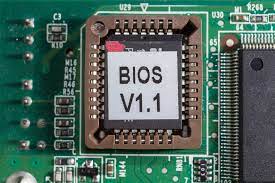Sound card
Alternatively referred to as an audio output device, sound board, or audio card. A sound card is an expansion card or IC for producing sound on a computer that can be heard through speakers or headphones. Although the computer doesn’t need a sound card, it’s included on every machine as either in an expansion slot (shown below) or built into the motherboard (onboard).
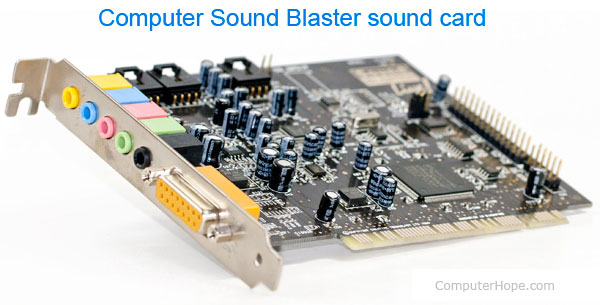
Sound card connections
The picture is an example of a sound card audio ports or audio jacks on the back of your computer, associated colors, and the connector symbols. In this example, the five audio jacks are used with devices that use the 3.5 mm mini plug.

- Digital Out (white or yellow; words: “Digital” or “Digital Out”) – Used with surround sound or loudspeakers.
- Sound in or line in (blue; Arrow pointing into waves) – Connection for external audio sources, (e.g., tape recorder, record player, or CD player.)
- Microphone or Mic (pink) – The connection for a microphone or headphones.
- Sound out or line out (green; Arrow pointing out of waves) – The primary sound connection for your speakers or headphones. This sound card also has a second (black) and third (orange) sound out connector.
- FireWire (not pictured) – Used with some high-quality sound cards for digital video cameras and other devices.
- MIDI or joystick (15 pin yellow connector) – Used with earlier sound cards to connect MIDI keyboard or joystick.
Types Of Sound Card
Integrated sound card. The integrated sound card is a card that is built into the motherboard of the computer. Most modern motherboards come with integrated sound cards already.
Internal discrete sound cards. These cards are sold in the form of a separate card that is installed on the motherboard in the system unit, often in port PCI, PCI Express or Fire Wire. If you think about buying of a new sound card you most likely will get just such a card.
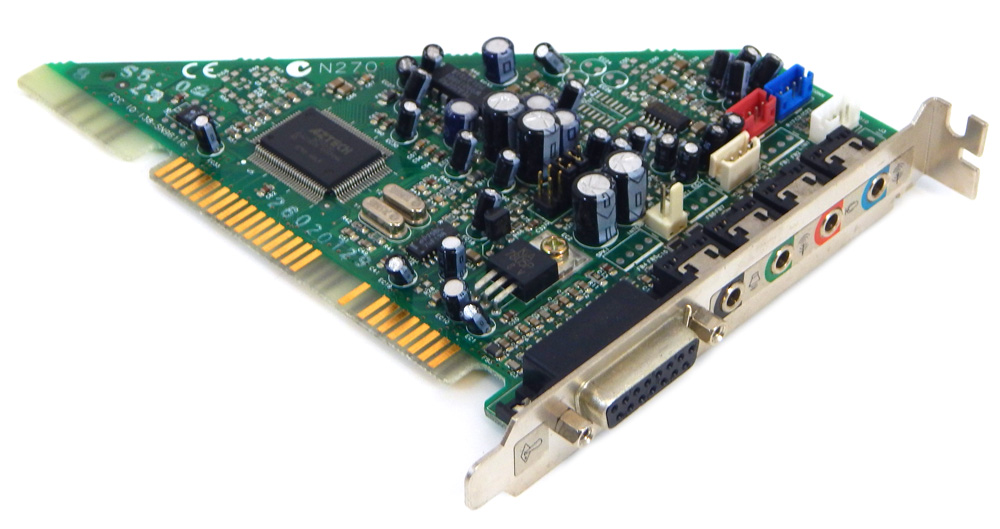
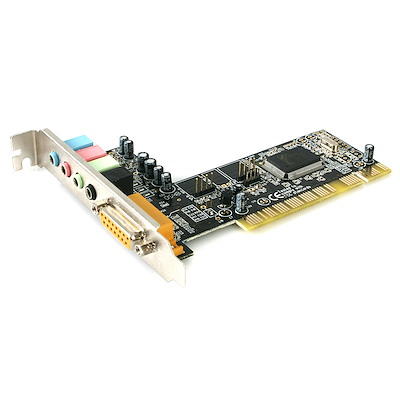
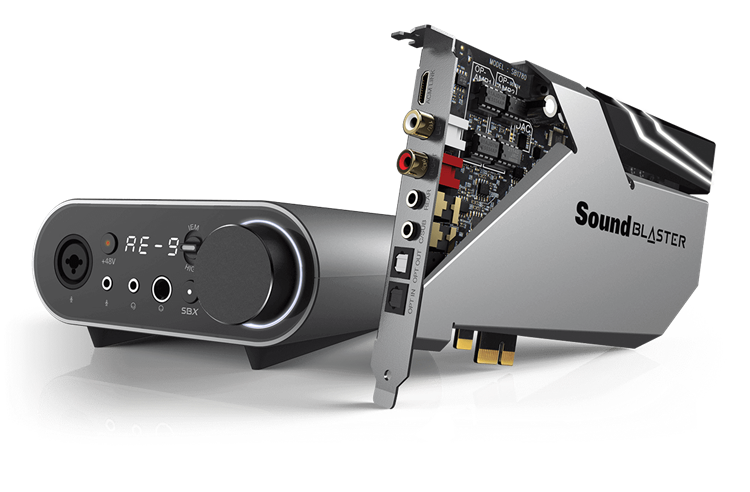
It should be noted that the all benefits of external sound cards using you can feel only if you uses high-quality acoustics. If you have simple speakers or not very expensive headphones buying of such card does not make sense.
External discrete sound cards. External sound card is placed outside the PC system unit. Connecting an external sound card is often carried out via USB.
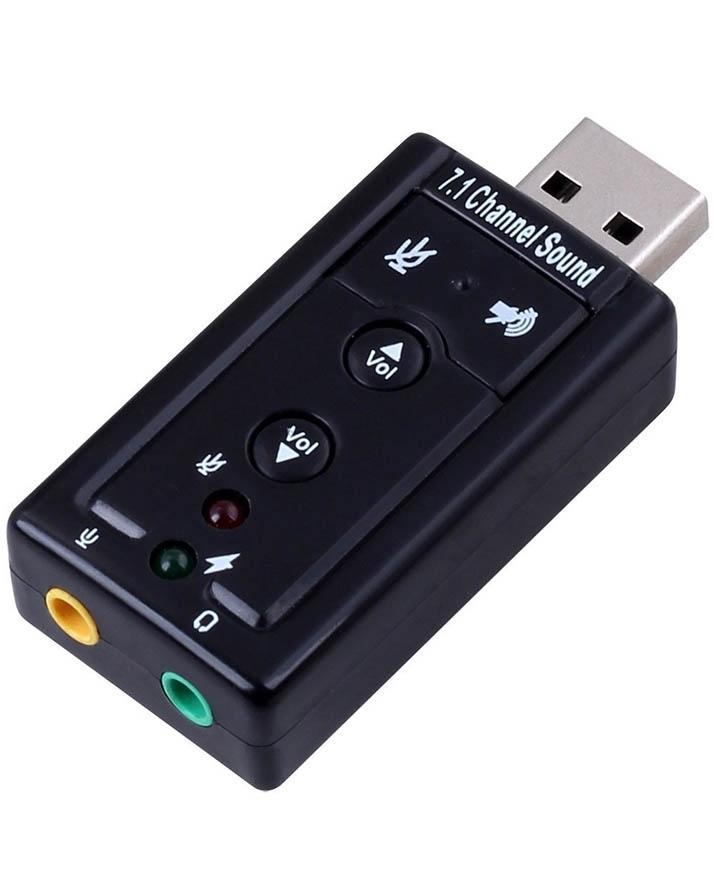
External cards can often used to improve sound performance of notebooks. So if you need a sound card for a notebook, seek just such card.

Graphics Card/VGA Card
A graphics card is a type of display adapter or video card installed within most computing devices to display graphical data with high clarity, color, definition and overall appearance. A graphics card provides high-quality visual display by processing and executing graphical data using advanced graphical techniques, features and functions.
A graphics card is also known as a graphics adapter, graphics controller, graphics accelerator card or graphics board.
Types Of Graphic Card
1. Integrated
If you have a computer but did not assemble it yourself or upgrade it in any way, chances are that it uses an integrated graphics card to display images on your screen. When a graphics card is described as integrated, it refers to the card’s relationship with the computer’s motherboard. Integrated graphics cards, sometimes known as onboard graphics cards, are the default option that comes with standard motherboards. An integrated graphics card can be upgraded, but it requires plugging a new graphics card into your computer’s motherboard and having the computer ignore the old card.
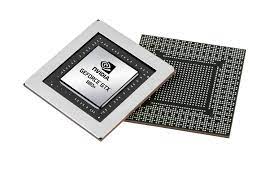
2. PCI
PCI graphics cards are cards that use the PCI slots on your motherboard to connect to your computer. PCI graphics cards are usually a little bit out of date, if not extremely so. However, many older motherboards have PCI slots and lack newer varieties of connections. For this reason, there is still a reason to buy a PCI graphics card, but only if you are trying to upgrade an older system.
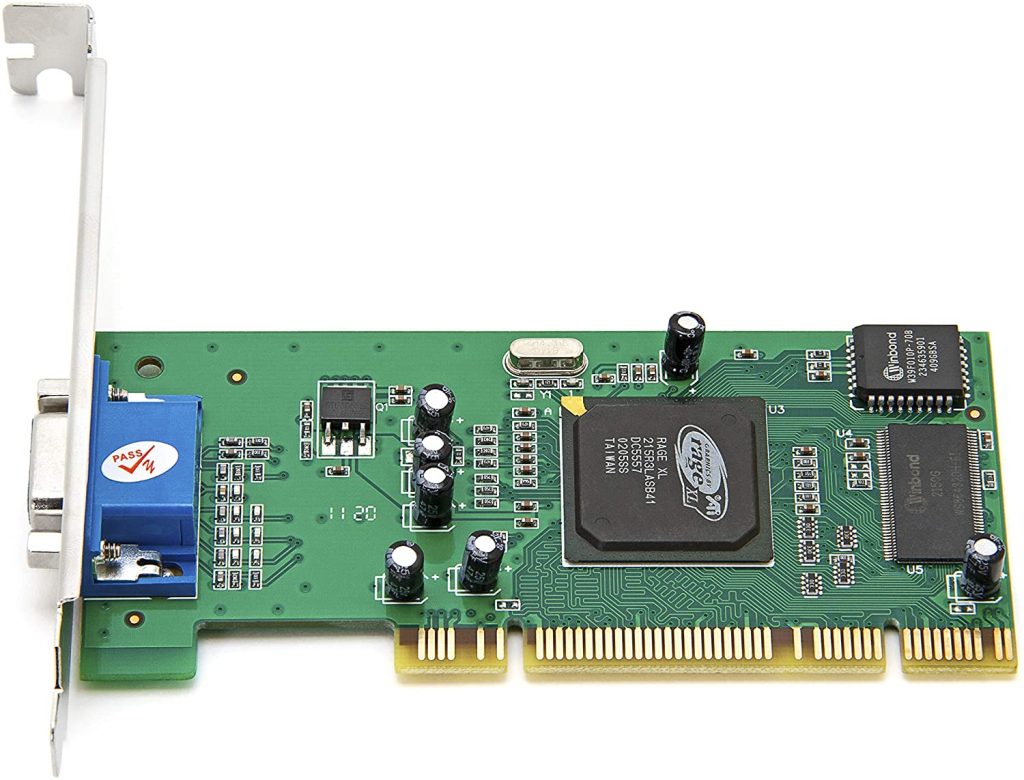
3. AGP
AGP graphics cards are named for the same thing PCI cards are—the slot they connect to on a motherboard. AGP cards can have four speeds, the fastest being 8x. However, if your motherboard only supports a lower speed, such as 1x, 2x, or 4x, your graphics card will behave as if it is of a slower speed, rather than its real speed. AGP connections are not quite as fast as PCI-E slots due to technological limits, and as a result, will not be developed to run at higher speeds. However, like PCI cards, they are more widely compatible than the most cutting-edge cards.
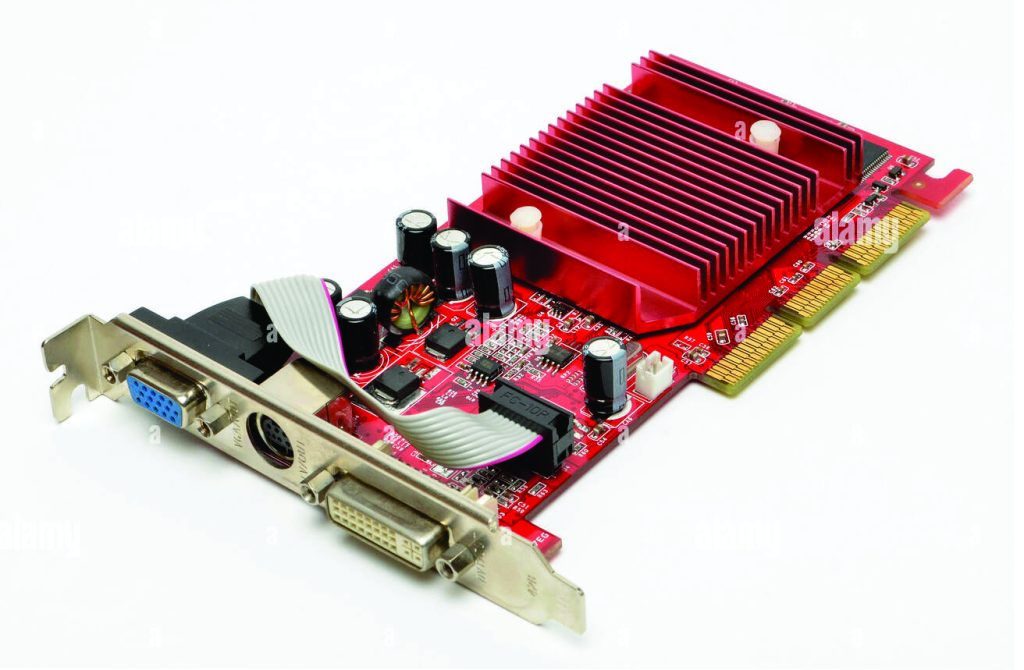
4. PCI-Express
PCI-E cards are the most advanced, connecting to the motherboard’s PCI-E slot. PCI-E graphics cards can be accelerated to 16x. In addition, a motherboard with more than one PCI-E slot can have more than one PCI-E graphics card connected to it and combine their power. However, this is a rare scenario. This can also cause compatibility problems if not planned out correctly; certain motherboards work better with specific brands of a PCI-E video card.
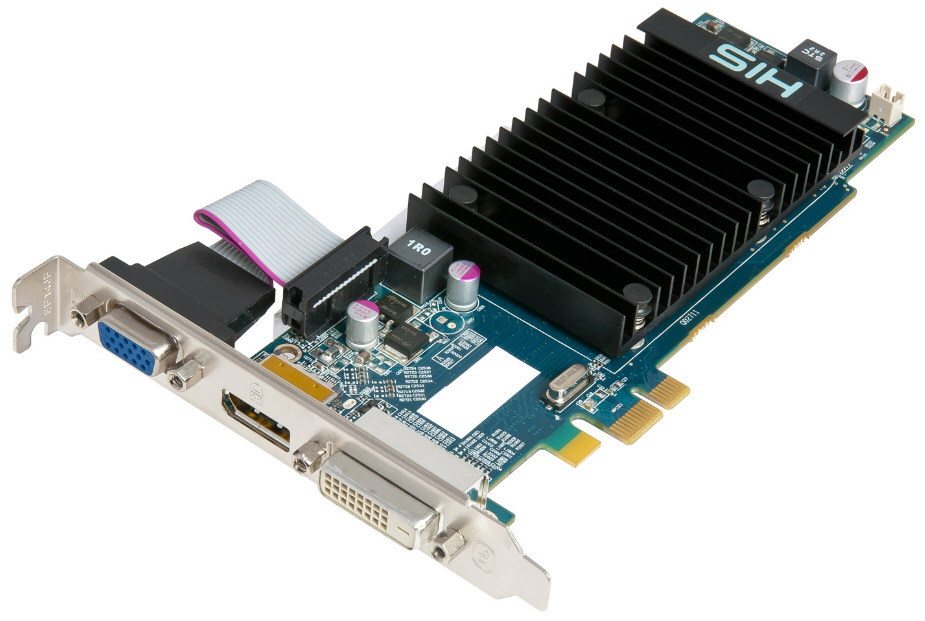
What Is LAN Card?
Local area network is a network type which links two computers in connection. To enable the connection between computer networks LAN card is required. LAN card is a piece of hardware which is connected inside the linking the computer network using the MAC address for network to work.
It is available is four basic types followed by a, b and g. Sort of LAN card used having some typical features of a network card which includes twisted pair. It is designed to used rate transfer to be ranging from 10 to 1000 megabits/sec.
Types of Network Interface Cards
There are two types NIC they are,
- Ethernet NIC
Ethernet NIC card is a slot for a cable where we have to plug one end of the ethernet cable into the slots of the computer and another end of the cable is plugged into the modem, likewise, various devices are connected to make a communication set up between them. There are three standards in Ethernet they are
5-Base T: It was developed in 1973, which can transmit, paragraphs using coaxial cable up to a distance 1000mts.
10-Base T: It was developed in 1987, it uses twisted cables like telephonic cables for communication.
100-Base T: It is also known as fast ethernet, the speed of data transmitted is very high.
Gigabit Ethernet: It is also named as 1000-Base T ethernet, the special feature of this is it increases the network bandwidth up to 10 times, which can transmit up to 1000mbps of data.
- PCI connector
- ISA connector
- PCI-E
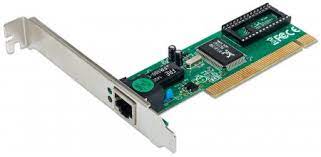
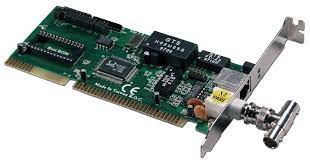
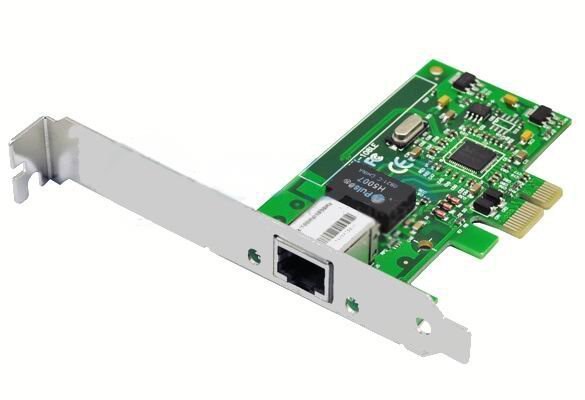
2. Wireless Network NIC
Wireless network NIC cards consist of a small antenna integrated onto the card, where the communication between various devices is set up wirelessly using the router and various network protocols. One such example of a wireless network NIC card is fiber data digital interface FDDI. In a case where data has to be transmitted over long distances, in such cases, a fiber data digital interface FDDI concept is used which translates data into digital pulses and communicates using optical fiber. FDDI is ring-type architecture, which is of 100mbps, transmission, and retransmission for a long distance is an advantage of FDDI.
- FireWire
- USB
- Thunderbolt.
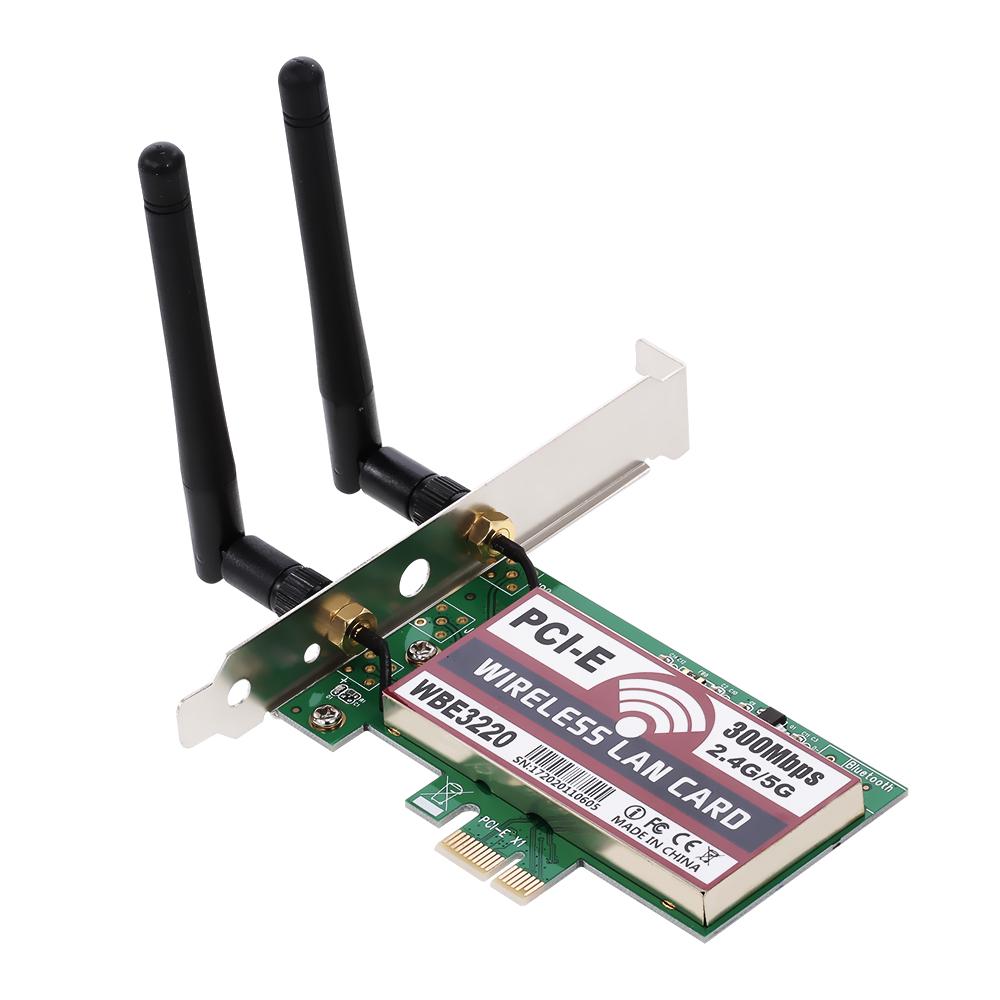
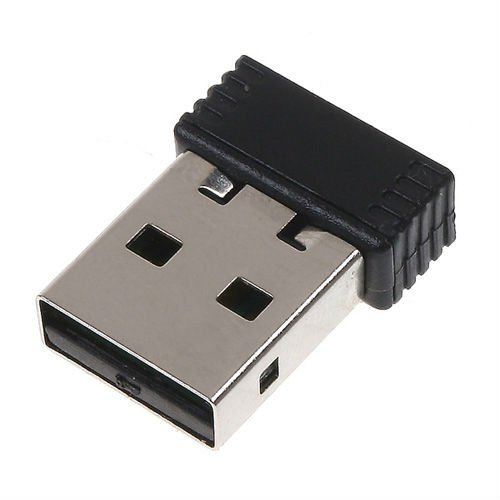
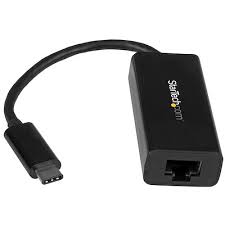
What Does Modem Card Mean?
A modem card is an internal type of modem that is plugged into the PCI slot of a PC motherboard. A modem is a communications device that allows a computer to send and receive data through telephone or cable lines.
Most modern computers connect to a home network, a local area network or the Internet using an external modem or through an Ethernet port or a wireless device such as a USB dongle. However, during the early days of the Internet and before the advent of cable Internet and DSL connection, it was more common to use a modem card, which had to be added to a desktop computer manually, like a video card or sound card. This modem card used a landline telephone to connect to an Internet service provider, a technology known as a “dial-up connection.”
The main problem with modem cards was speed, which was limited to 56 Kbps. Older modems used before the advent of the Internet were even slower and were measured in “baud” rate rather than in bits or bytes per second. Early 1400-baud modems were a standard for sending text to such destinations as online bulletin boards. The use of baud rate had since become obsolete, and the transmission speed of current modems is now measured in megabytes per second.
Types of Modems
The different types of modems used to access the internet at home are as follows −
Telephone modem
A computer is connected through telephone lines to access the network of other computers. It is cheaper when compared to other modems because it does not have any installation cost and also the monthly fee of a telephone modem is low. It can be used in any house if a telephone network is provided.
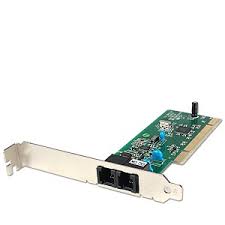
Digital subscriber Line
It provides high speed internet connection through telephone lines. It is expensive when compared to a telephone modem. The DSL is also connected with phone lines similar to telephone modem, but the difference is in DSL voice communication and internet service is used simultaneously whereas in telephone modem it is not provided.
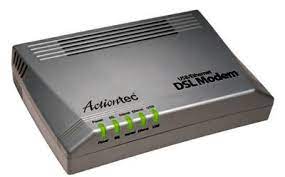
Cable modem
Cable Modem is a device that allows high-speed data access via a cable TV (CATV) network. Most cable modems are currently external devices that connect to the PC through a standard 10 BASE-T Ethernet card and twisted-pair wiring.
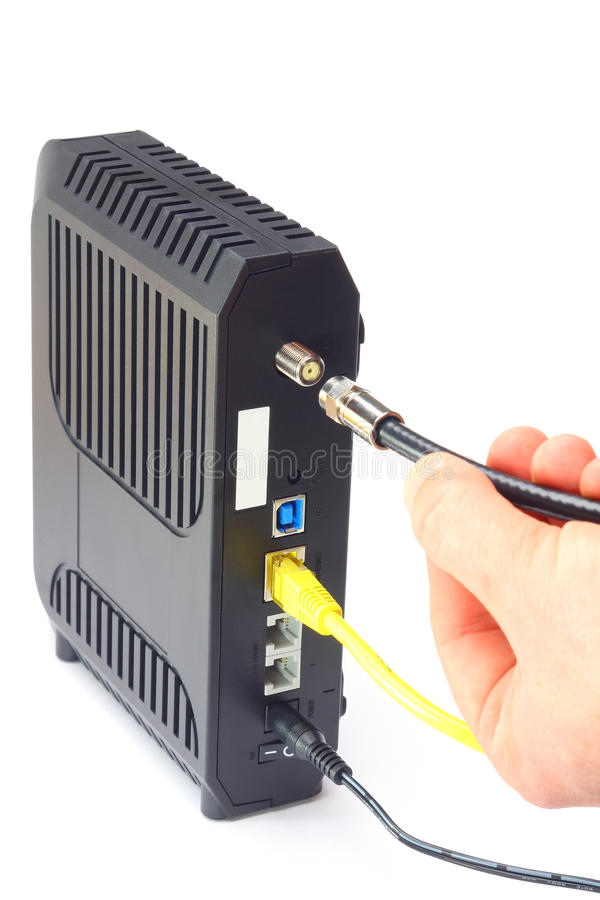
Satellite modem
It is a device that provides internet connection through satellite dishes. It transfers the input bits to output radio signals and then executes vice versa. It is costlier when compared to all other modems but provides better reliability to the internet network.

TV tuner card
A computer is capable of showing TV stations on a monitor using a TV tuner card. The TV tuner card allows the user to connect a coaxial cable to the computer. The computer could then display basic cable stations and even digital cable stations on the monitor. A TV tuner card can even provide a method for recording TV shows on the computer for later viewing, similar to how a DVR (digital video recorder) device works.
Types of TV Tuner Cards
The two main classifications of TV tuner cards are; internal cards and external cards. The internal card is plugged into a PCI (peripheral component interconnect) port on the computer.
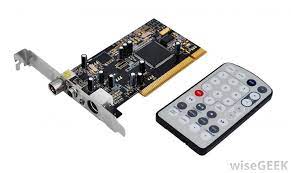
You will need a screwdriver to open your computer and install the card in the motherboard or PCI slot. An electrostatic discharge strap is also needed to install the internal card to prevent static electricity from destroying the computer’s internal components.
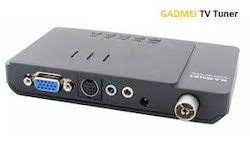
To install the external card, all you need to do is plug your tuner card into a USB (universal serial bus). There are no special requirements needed if you’re using an external TV tuner card.

